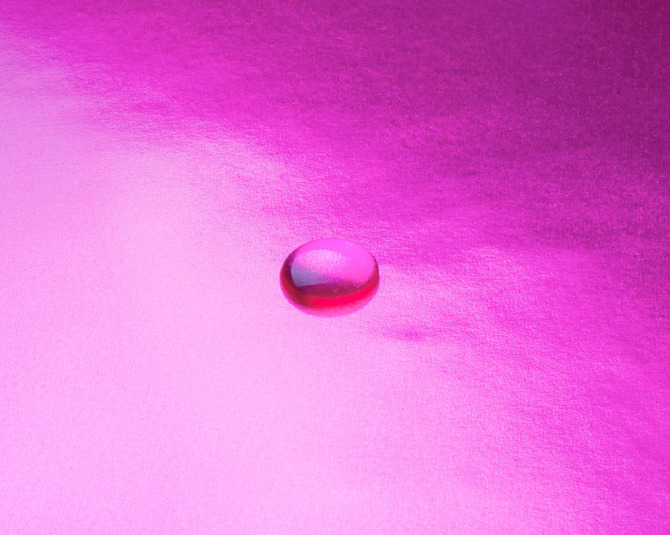Rather JAXA is interested in the Maragoni effect because it negatively affects the quality of crystal growth for making semiconductors, optical materials and biotechnology materials as explained by Satoshi Matsumoto the science coordinator from JAXA. 'Marangoni convection not only expands our knowledge of fluid behavior, but also has great significance for production of semiconductor materials and equipment development for both space and ground use." The studies will be completed in 2015 will deepen the understanding of the surface-tension-driven flow in microgravity.
How do they do this? They are using two discs and understanding how a silicone oil flows between the two discs. On Earth the bridge would not exist because the convection caused by the Marangoni effect is weaker than the one caused by gravity. On you can see the convection patters with heat waves which are related to the buoyancy. The buoyancy exists in this natural convection process on Earth where the warm air rises and cold air sinks. In space however there is no buoyancy and will eliminate that aspect from the equation to understand convection. The investigators can then heat one of the discs higher than the other to induce the convection. }
See a link with a cool video:
http://www.physorg.com/news/2011-03-marangoni-effect-fluid-phenom-video.html
